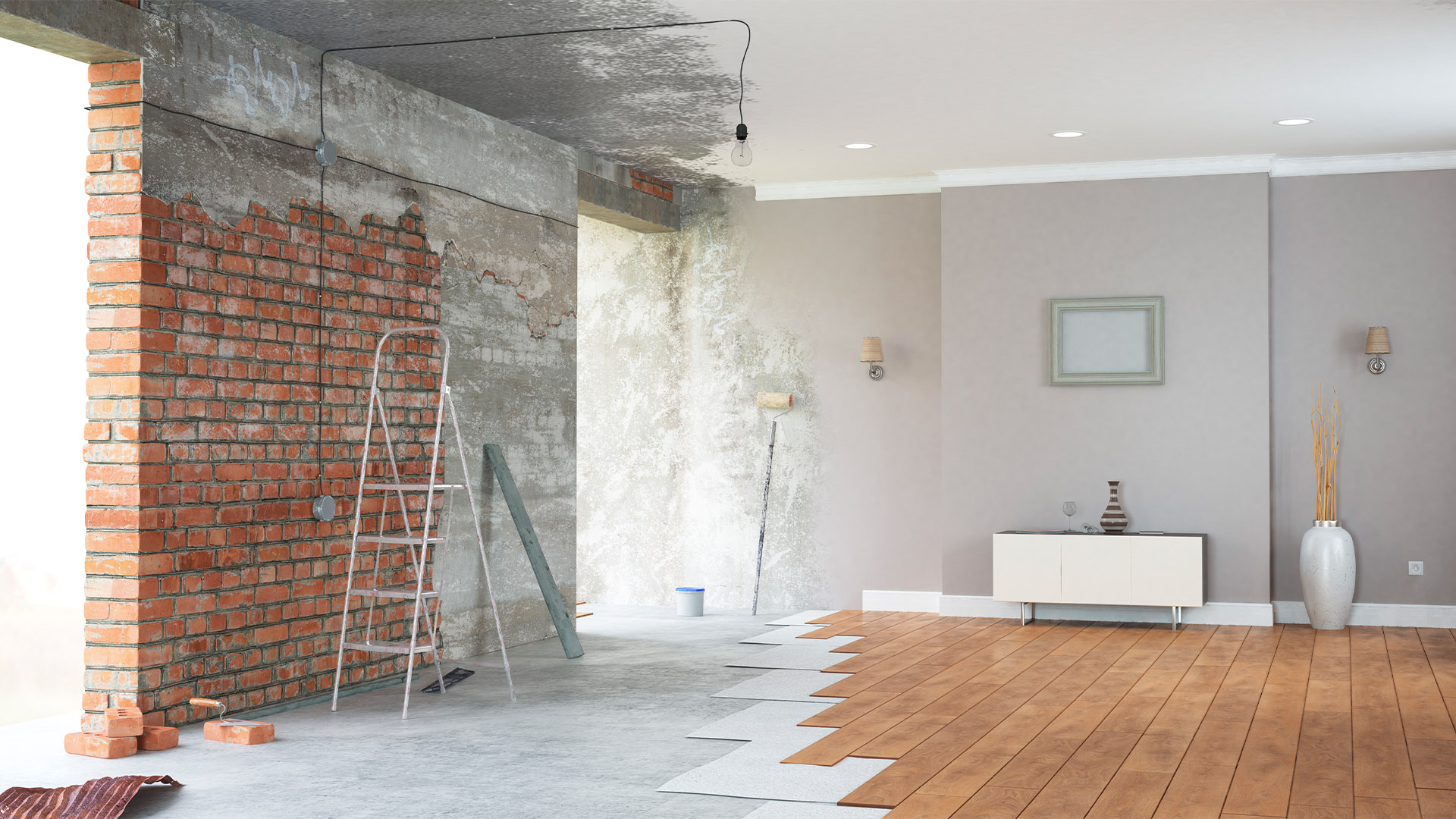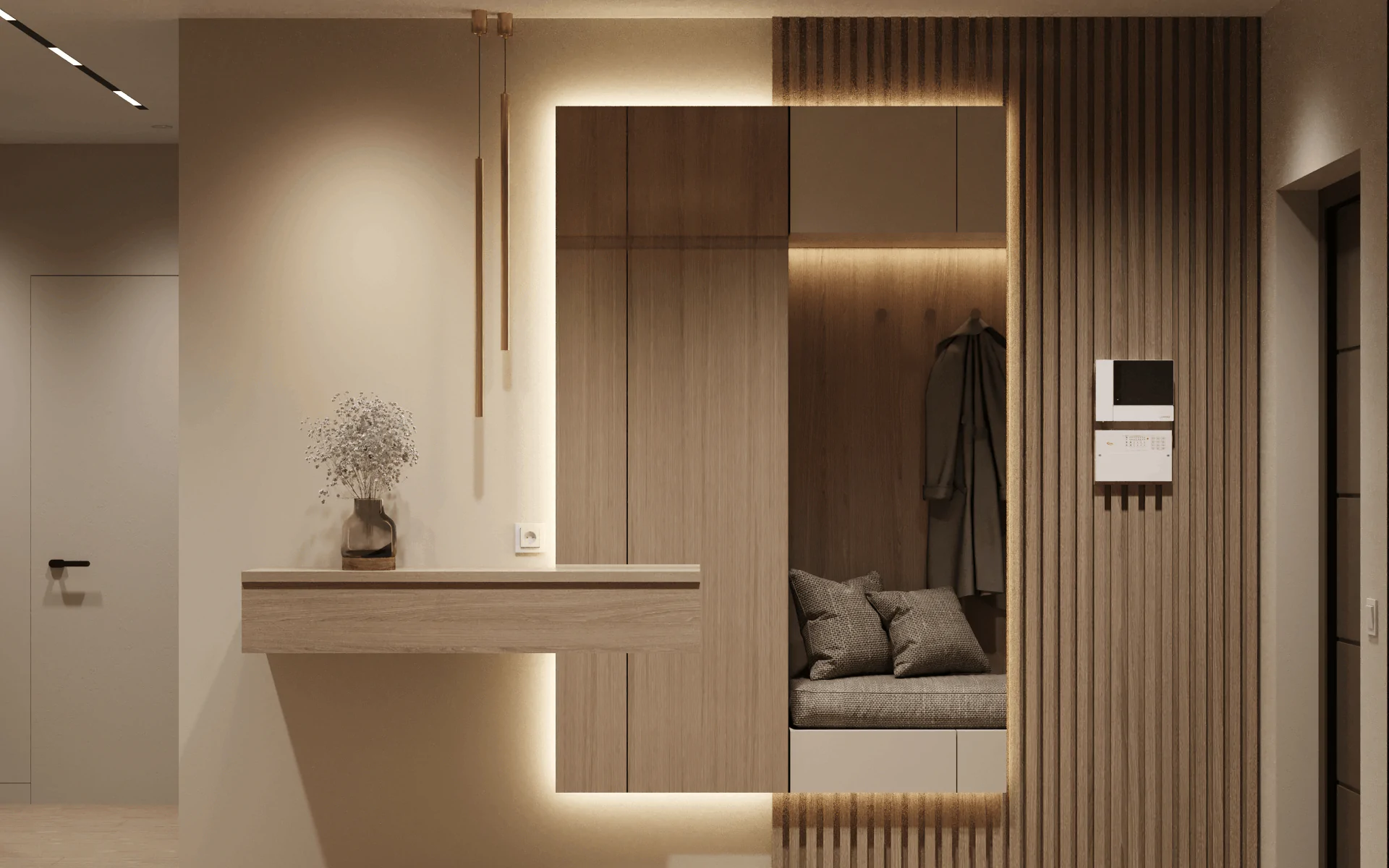Renovating a space is more than just choosing tiles and paint colors. Whether you're remodeling an entire
apartment or just updating a room, understanding the difference between rough (black) and finish (white)
renovation stages is essential. Each phase plays a unique role in the renovation process — and skipping or
misunderstanding one can lead to delays, extra costs, or unsatisfactory results.
In this article, we'll walk you through everything you need to know about rough and finish renovation, their
purposes, timelines, and why getting them right matters for your comfort and budget.
What is Rough Renovation?
The mistake:
Rough renovation, sometimes referred to as “black renovation”, focuses on structural preparation and
infrastructure installation. It transforms a raw or old interior into a clean slate ready for design and
finishing.
✅ What’s Included in Rough Renovation?
Work with a professional to create a detailed project plan that includes:
- Demolition & debris removal
Removing old walls, ceilings, floors, and unnecessary structures. - Wall and ceiling leveling
Plastering, puttying, or dry-wall installation to achieve flat surfaces. - Floor screeding or subfloor prep
Ensuring floors are leveled and ready for finish materials (tiles, wood, etc.). - Plumbing installation
Pipes for bathrooms, kitchens, heating, and drains. - Electrical wiring
Laying electrical cables, outlets, switches, and circuit protection. - Ventilation and heating setup
Ductwork, radiators, or underfloor heating installation. - Window or door installation (optional)
If replacements are needed, they’re typically done at this stage.
Think of it as laying the foundation for everything that comes next. If walls aren’t level or wiring isn’t done properly, your finish renovation will be much harder, slower, and more expensive.
What is Finish Renovation?
The mistake:
People often set a budget based only on the cost of materials or labor, forgetting about hidden costs like
permits, unexpected repairs, or design changes.
How to avoid it:
Always include a 10–20% buffer in your renovation budget for unplanned expenses. It’s better to be safe than
stuck in the middle of a renovation with no funds left.
3. Hiring Unverified Contractors
Finish renovation — also called “white renovation” — is the stage where your space starts to look beautiful
and livable. It's focused on design, decoration, and final touches.
✅ What’s Included in Finish Renovation?
- Wall painting or wallpapering
- Floor covering installation (laminate, parquet, tiles, etc.)
- Lighting fixtures and switches
- Plumbing fixtures (toilets, sinks, showers)
- Kitchen cabinetry and furniture assembly
- Interior door installation
- Final detailing & cleaning
To make your space look polished, stylish, and fully ready to move in. This stage reflects your personal taste and the functionality you desire.
How Long Do These Stages Take?
Timeframes can vary depending on the size and complexity of the project:
| Stage | Small Apartment (40–60 m²) | Large Apartment (100+ m²) |
|---|---|---|
| Rough Renovation | 2–4 weeks | 4–6+ weeks |
| Finish Renovation | 3–6 weeks | 6–10+ weeks |
Which Stage Costs More?
Typically, rough renovation consumes a larger part of your budget, especially if major electrical or
plumbing work is needed. However, finish renovation can also be costly depending on materials (e.g.,
designer tiles, premium flooring, or custom furniture).
A balanced renovation plan should budget:
- 60–70% for rough stage
- 30–40% for finishing and decor
Common Mistakes to Avoid
- Not budgeting for both stages separately
Plan separate budgets to avoid overspending on finish materials too early. - Skipping inspection after rough stage
Electrical and plumbing must be checked before closing walls. - Choosing finish items before the rough stage is done
Measurements may change — wait until walls and floors are set. - Working with one team for both without expertise
Make sure your contractor has experience in both structural and design execution.
Why Work with FixiHouse?
At FixiHouse, we offer comprehensive renovation services — from demolition to final decoration. Our team ensures:
- Transparent planning and cost estimates
- Certified professionals for every stage
- Smooth transition between rough and finish phases
- Quality control at every step
Final Thoughts
Understanding the roles of rough and finish renovation can help you manage expectations, avoid budget surprises, and ensure a better end result. Whether you’re starting from scratch or upgrading an old space, don’t skip the planning — and don’t hesitate to ask for expert help.





